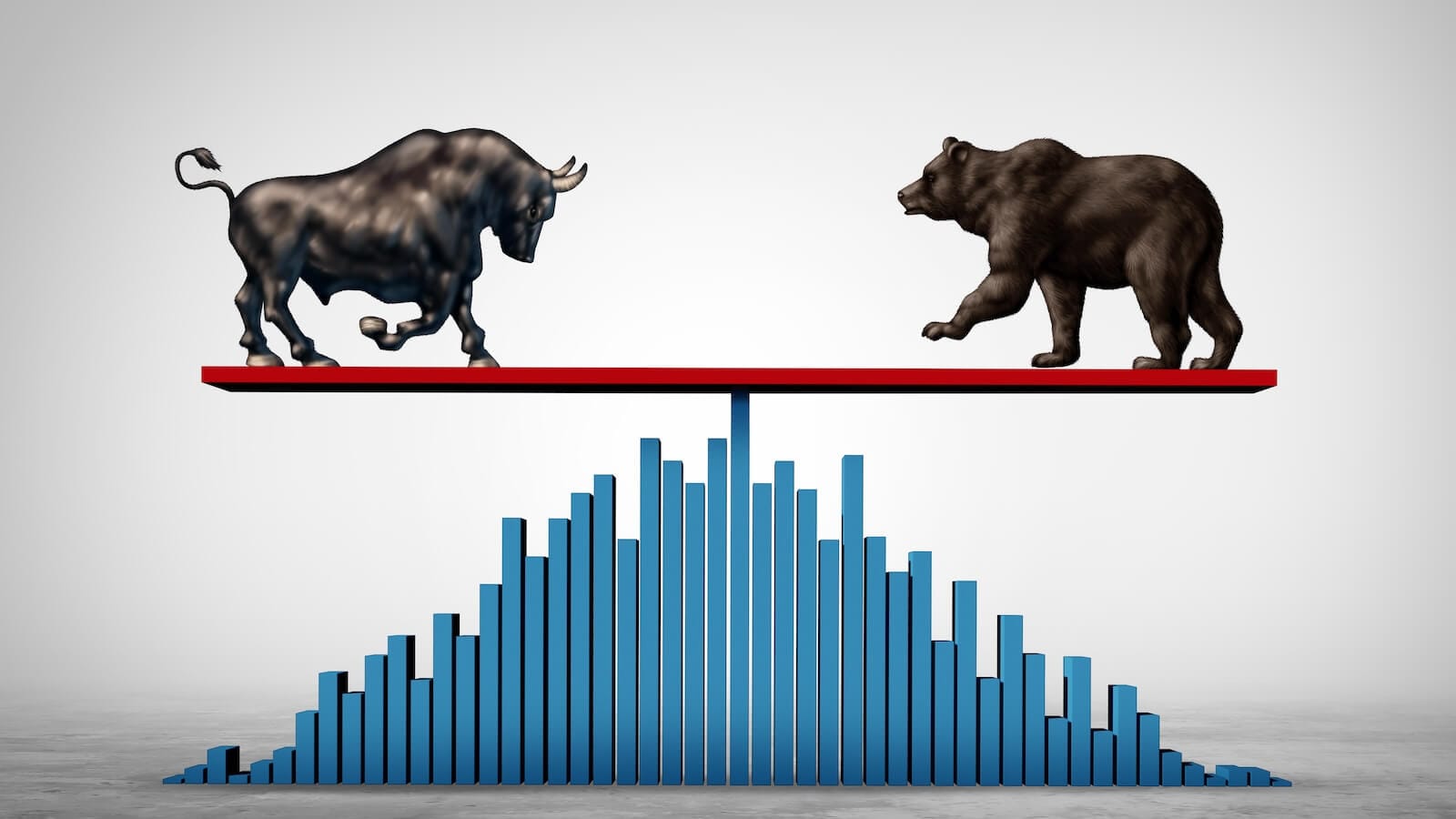The Dollar Index Just Gave a Major Sell Signal - Does That Mean It's About to Implode?
Last month, the Dollar Index triggered a number of sell signals confirming that it is in a bear market. Chart 1, for instance, shows that the red up trendline emanating in 2011 has been decisively ruptured, thereby pushing the Index further below its moving average. The Coppock Curve, seen in the bottom window of this quarterly chart, has also dropped below its MA.

Chart 2 identifies major peaks and troughs, which were in a bullish upward progression between 2011 and 2022. The Index dropped to 101 in mid-2024 (1) and rallied to 108 in early 2025 (2). However, it was unable to surpass the 2022 peak, which broke the series of higher highs. It then fell below the previous low (3), reversing the upward progression to one of bearish declining peaks and troughs.

Chart 3 compares the Index to its long-term KST. The green shadings roughly correspond to periods when the KST traded above its 12-month MA for an extended period. It went bullish at the start of the year, but quickly reversed to the downside. That kind of activity is usually very bearish when confirmed by price action. In this case, confirmation was given when the Index violated the red support trendline, marking the lower end of its post-2022 trading range.

When the dollar experiences a major trend change, it affects several important intermarket relationships. Three of them are featured in Chart 4: the ratio between US and non-US stocks (SPY/EFA), the ratio between US and non-US treasury bonds (AGG/BWX), and a credit spread in the form of the ratio between the iShares 20-year plus Treasury and the iBoxx High Yield ETF (TLT/HYG). The green-shaded areas reflect periods when the long-term KST for the Dollar Index, displayed, in turquoise, is in a rising mode. Note that there is a strong tendency for these KSTs to move in a similar direction, which is why I call them dollar sympathy relationships. Two of them are now declining along with the dollar, whereas the TLT/HYG ratio is marking time. The overall impression we get from these relationships is for further downside action.

Chart 5 demonstrates that momentum characteristics of are often different in bull and bear markets. For example, in a bull market, the RSI is able to achieve and remain in an overbought state for a while, but is extremely sensitive to an oversold reading. In bear markets, these characteristics are reversed. Currently, the RSI is oversold, so it will be interesting to see if it becomes more overstretched, similar to its 2003-2008 behavior, or if it quickly bounces, as was the case in 2018 and 2020. The former would be consistent with a bear market, whereas the latter would be more in line with a bull market.

The Short-Term Picture
When a primary bear trend is well established and the price tentatively violates important support from a deeply oversold condition, it should be assumed that the break is valid. However, it's also important to keep an open mind, especially when the consensus is also bearish.
Chart 6 displays a full stochastic using the 12, 15, and 10 parameters. It is oversold and poised for an upside reversal. The green arrows show that reversals from the oversold line are usually followed by a worthwhile rally. The big question is whether it would be of sufficient power to push the Index back above its extended trendline at around 99. That's important, because the secular up trendline in Chart 1 is currently residing there.

Chart 7 features my Dollar Diffusion indicator. It monitors eleven cross-dollar relationships that are in a positive trend and gives momentum buy signals when it falls to an oversold reading and crosses above its 10-day MA. A bullish signal was given last week, which strongly suggests a short-term rally is on its way.
That is a far cry from a cancellation of the bear market. However, when the consensus is negative, as it is now, and the question is no longer whether the dollar will decline but when and by how much, it is usually time to look in the opposite direction, even for a temporary period.

Good luck and good charting,
Martin J. Pring
The views expressed in this article are those of the author and do not necessarily reflect the position or opinion of Pring Turner Capital Groupof Walnut Creek or its affiliates.










